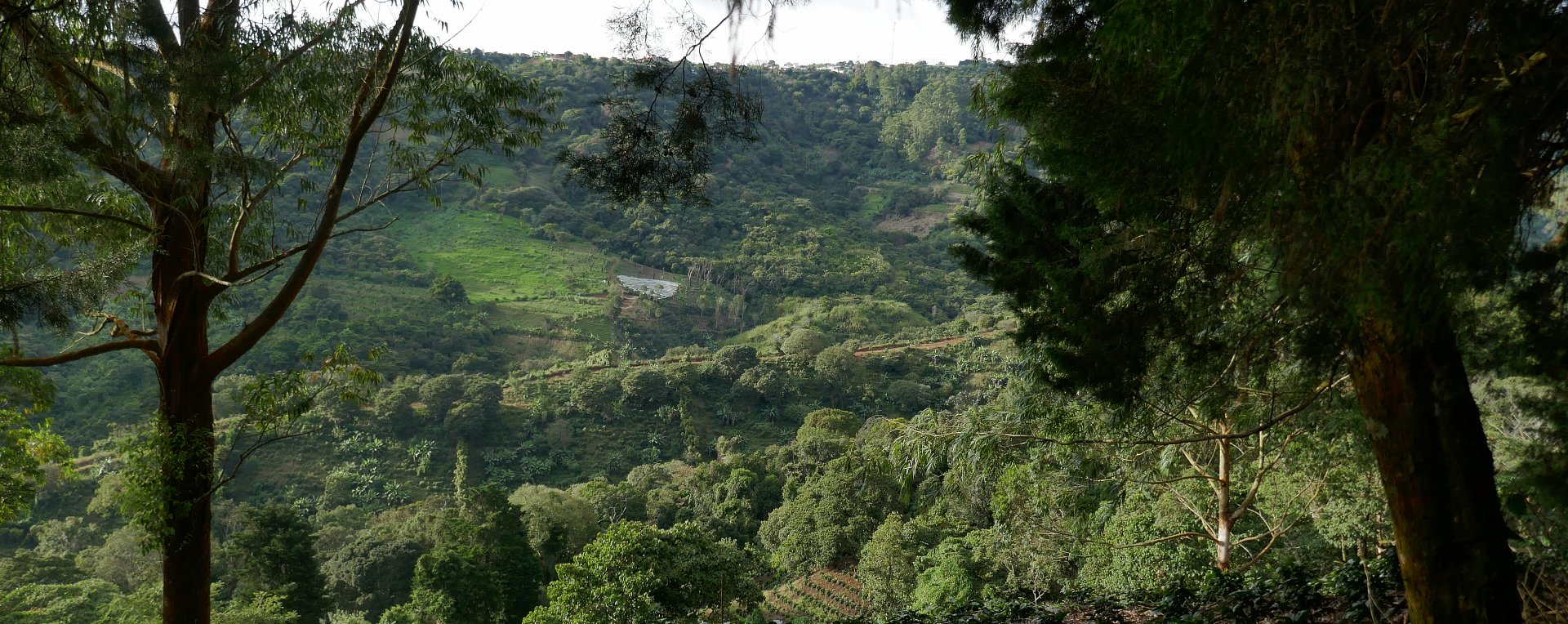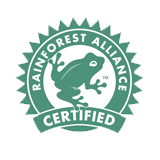
Origins
COSTA RICA
ABOUT THE REGION
PRODUCING REGIONS
Guanacaste, West Valley, Tarrazu, Brunca, Orosi, Turrialba, Tres Rios, Central Valley
HARVEST
November - February
Coffee has played an integral part in Costa Rica’s development, starting in 1796 as the country began experimenting with profit generating crops. In 1809, Father Felix Velarde, a Catholic priest started coffee cultivation with seeds that came from Panama, Cuba or Jamaica; depending on who tells the story. Records at the time show that the beverage was mainly known to cure headaches, more a medicine than a drink to be enjoyed. By 1816 Costa Rica had a flourishing coffee industry which by 1890 is the country’s sole export. Today, coffee is the third highest value export after banana’s and pineapples; still a critically important crop. Costa Rica celebrates one of the highest yields in the world thanks to modern farming practice in fertilisation and irrigation, this is supported by strong governmental regulation.
Many of our Costa Rica coffees are sourced for us by our sister company based in San Jose. The team are constantly travelling throughout the year, meeting growers and working with agricultural specialists. When we ask for speciifc coffees or advice, we know we are getting the best recommendations and advice from real professionals.
Guanacaste
A non traditional coffee growing area mainly producing Fair Trade coffees from small co-ops. Production is very low and expected to decline.
West Valley
Main production comes from the San Ramon, Palmares, Naranjo, Sarchi, Grecia and Atenas areas. Coffee is Strictly Hard Bean with Naranjos and Grecia coffees the most sought after.
Central Valley
Large producer of SHB, the majority grown on the slopes of the Poas and Barva volcanoes. Soils are rich in minerals and highly fertile.
Orosi
An area in a small valley with rainfall patterns that give coffee from the area its unique characteristics. Some coffee in the area grown above 1300 MASL
Turrialba
Coffee production in this region is mainly from a number of large estates. Low coffee prices that coincided with coffee plant blight devastated smaller growers in the area. Migration to the cities and the ongoing appeal of higher grown coffees continue to affect the area.
Tres Rios
One of Costa Rica’s most traditional growing areas that today that is totally focussed on the speciality coffee market. Output is relatively low with little opportunity for growth but the coffee is highly sought after.
Tarrazu
The most well-known Costa Rican coffee growing regions, it is also the country’s highest grown coffee. Much of the coffee comes from two large co-ops as well as small growers producing quality micro-lots.
Brunca
Actually two but very different growing areas Perez Zeledon and Coto Brus which is close the border with Panama.
BEANS FROM HERE
ORIGIN PROFILE
- CapitalSan Jose
- Area99,000 Hectares
- Population4.7 Million People
- LanguageSpanish
- CurrencyCosta Rican Colon
- Annual
Production1.6m 60kg Bags
- Coffee Producing
Area99,000 hectares - Producing
RegionsGuanacaste, West Valley, Tarrazu, Brunca, Orosi, Turrialba, Tres Rios, Central Valley - Coffee VarietalsCaturra, Catuai, Catimor, Villa Sarchi
- TerrainForests, Rivers, Valleys and Mountains
- Altitude1,000m – 1,800m
- SoilFertile Volcanic
- ProcessingWashed, Honey and Natural




